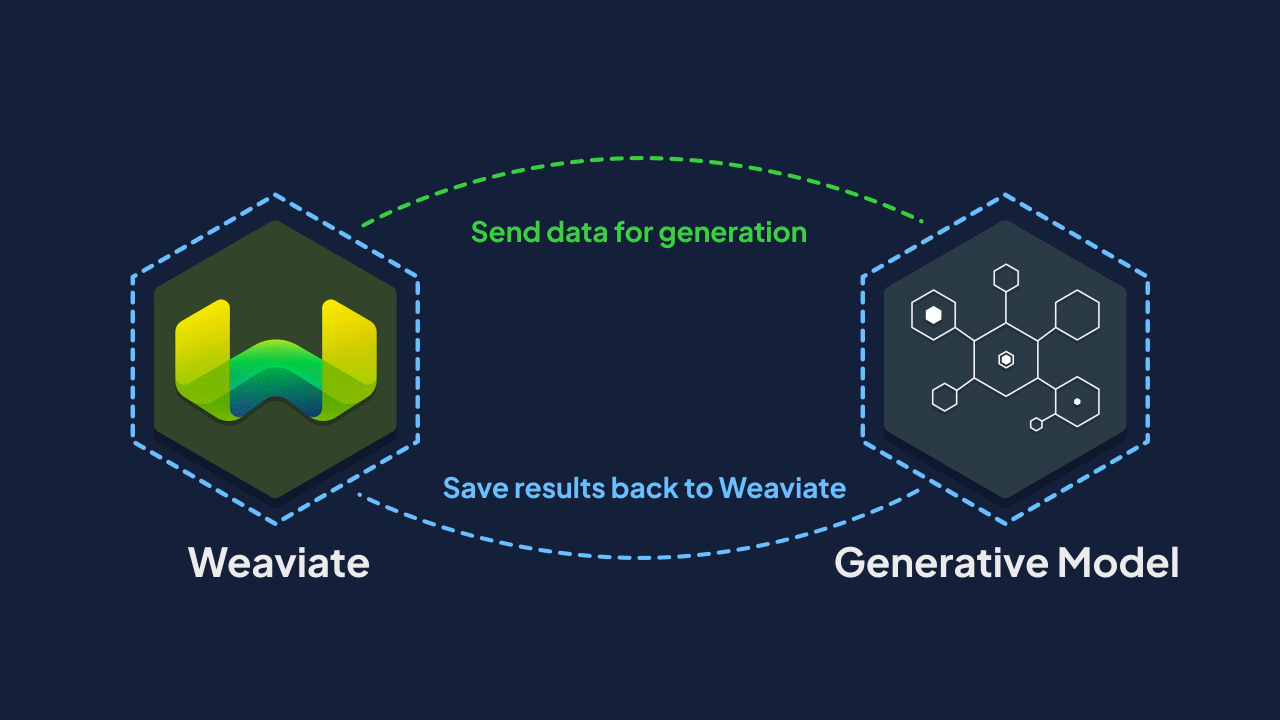Understanding LLMS
 Sujit Nirmal
Sujit Nirmal
Introduction:
Language Model Learning Systems (LLMS) are designed to understand, generate, and manipulate human language. They are used in various applications such as chatbots, translation services, and content generation.
Key Concepts
Language Models: These are algorithms that predict the next word in a sentence based on the previous words. Popular models include GPT (Generative Pre-trained Transformer) and BERT (Bidirectional Encoder Representations from Transformers).
Training Data: LLMS require large datasets to learn language patterns. Common datasets include Wikipedia, Common Crawl, and specific domain datasets.
Fine-Tuning: This involves adjusting a pre-trained model to perform specific tasks, such as sentiment analysis or question answering.
Implementing LLMS
Step-by-Step Guide
Choose a Framework: Popular frameworks for implementing LLMS include TensorFlow and PyTorch.
Select a Pre-trained Model: Use models from libraries like Hugging Face's Transformers.
Fine-Tune the Model: Customize the model for your specific application.
Deploy the Model: Use cloud services like AWS or Google Cloud for deployment.
Code Snippets
Here's a basic example of loading and using a pre-trained model with Hugging Face's Transformers library:
from transformers import pipeline
# Load a pre-trained model
model = pipeline('text-generation', model='gpt-2')
# Generate text
output = model("Once upon a time", max_length=50)
print(output)
Algorithms
Transformer Architecture: The backbone of modern LLMS, it uses self-attention mechanisms to process input data.
Training Algorithm: Typically involves backpropagation and gradient descent to minimize prediction error.
Visual and Interactive Elements
Diagrams: Use flowcharts to explain the transformer architecture and data flow.
Interactive Demos: Embed widgets or links to platforms like Google Colab where users can experiment with models.
Video Tutorials and Study Resources
YouTube Channels: Channels like "Two Minute Papers" and "DeepLearningAI" offer concise and informative videos on LLMS.
Online Courses: Platforms like Coursera and edX provide courses on natural language processing and machine learning.
Documentation and Blogs: Hugging Face and OpenAI have extensive documentation and blogs that are great for learning.
# Keep Learning !!
#Keep Coding !!
#Coding Inferno
Subscribe to my newsletter
Read articles from Sujit Nirmal directly inside your inbox. Subscribe to the newsletter, and don't miss out.
Written by

Sujit Nirmal
Sujit Nirmal
👋 Hi there! I'm Sujit Nirmal, a AI /ML Developer with a passion for creating intelligent, seamless ML applications. With a strong foundation in both machine learning and Deep Learning I thrive at the intersection of data and technology.